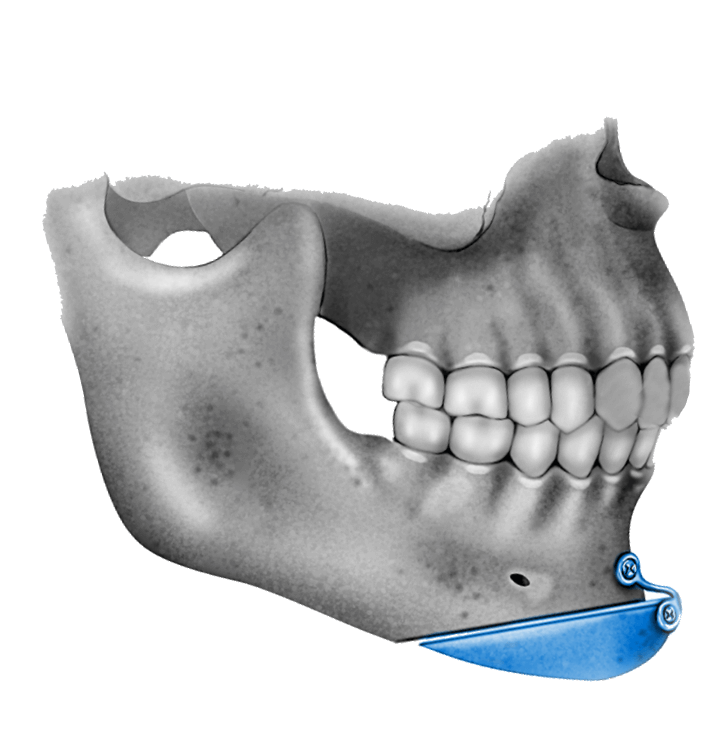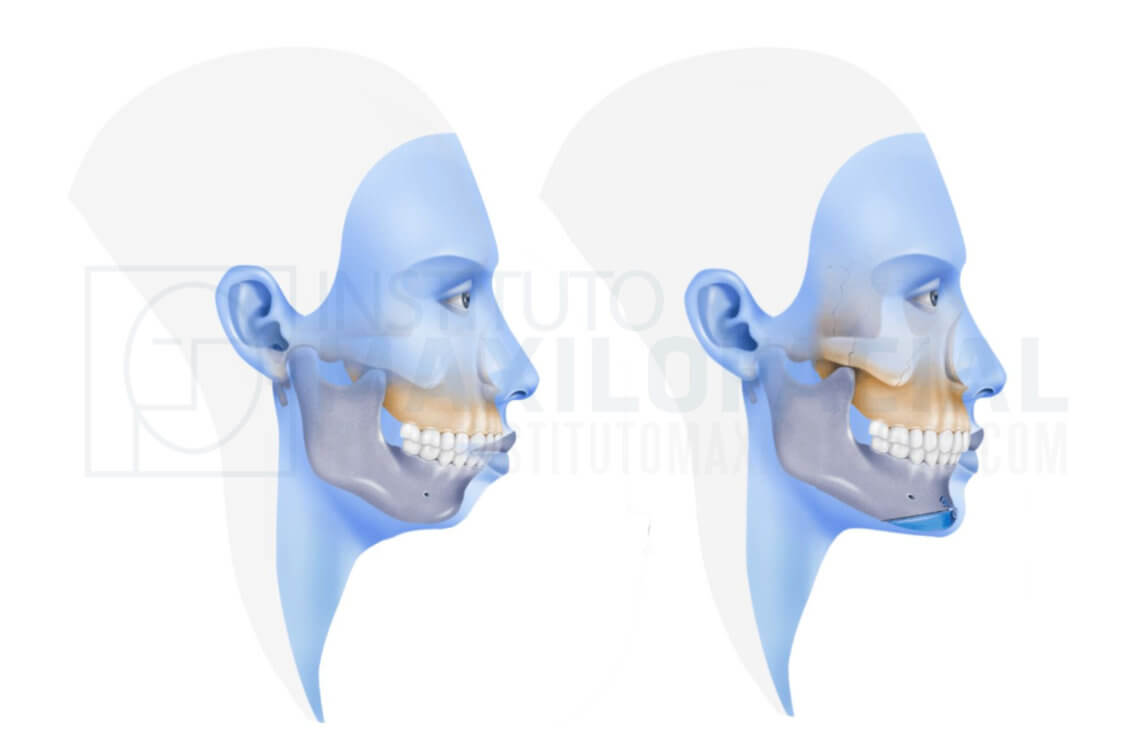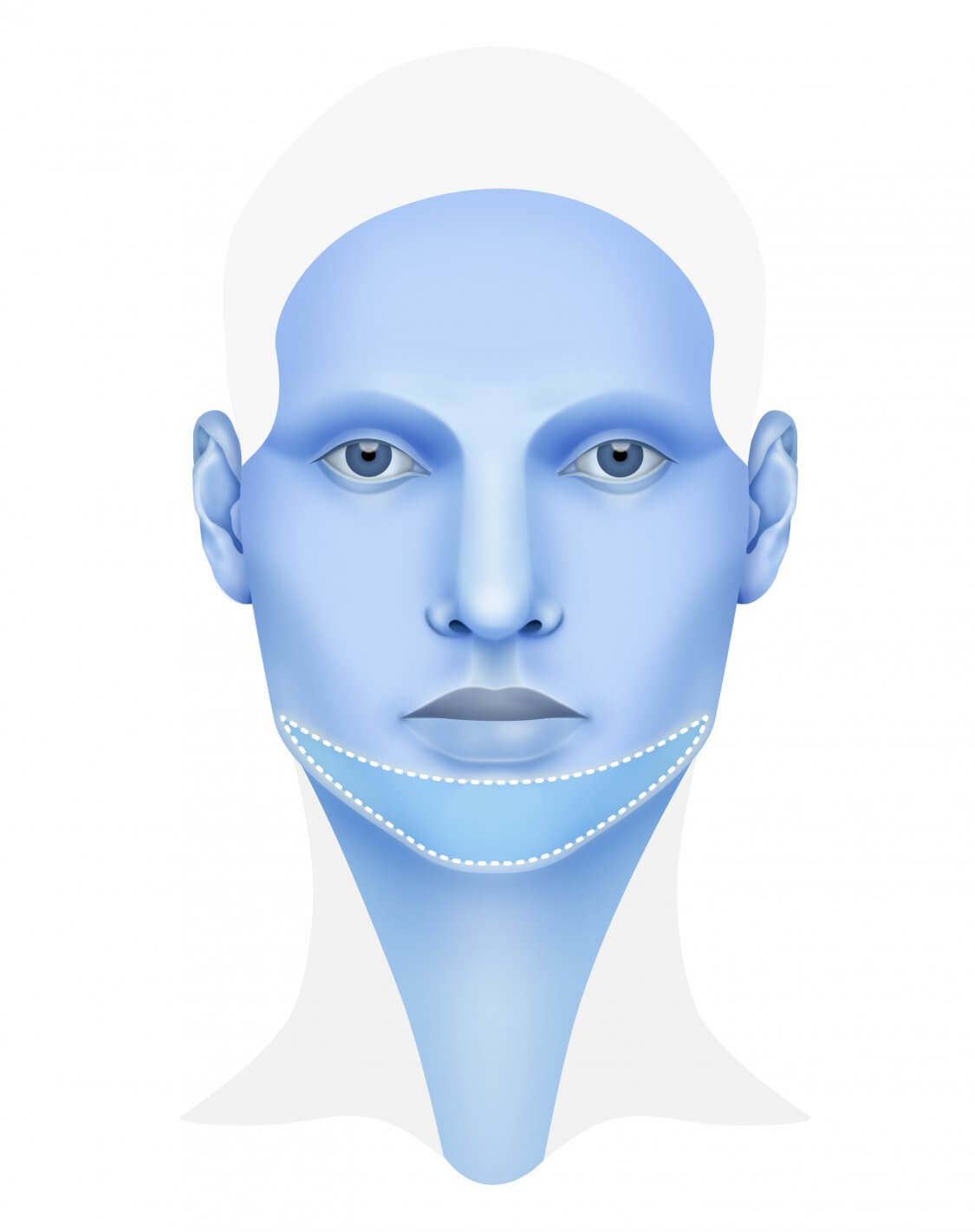In addition to the nose and forehead, the chin is one of the three parts that most define the face of a person from an aesthetic point of view, as it marks a point of reference and breaks the transition between face and neck.
In addition to the nose and forehead, the chin is one of the three parts that most define the face of a person from an aesthetic point of view, as it marks a point of reference and breaks the transition between face and neck.

Mentoplasty or chin surgery is a quick and simple surgical procedure that offers incredible aesthetic results. From a small intraoral incision, the chin bone is approached and the surgeon makes the necessary movements to harmonize the patient's face. This is also called a bony genioplasty.
There are several ways to carry out this procedure:
There are many reasons for having a mentoplasty:

Chin remodeling for aesthetic reasons is generally not covered by insurance. On the contrary, medical insurance can cover in some cases the mentoplasty that is performed as a reconstruction procedure after a trauma, or a genetic deformity.
The cost of the surgery is unique for each patient, since factors such as the difficulty of each particular case, the type of anesthesia and the duration of the procedure are taken into account.

Before a mentoplasty, the surgeon will perform a complete facial analysis of the patient. To do this, the patient will be photographed from various angles to document the condition of the chin before surgery, and a craniofacial scan will be performed.
The surgeon will compare the proportions of the features in each third of the face to determine the most appropriate procedure to restore the balance of the patient's features.
If occlusal or skeletal problem of the jaw are detected, a mentoplasty will not be enough to solve it. In these cases an orthognathic surgery is required, normally for advancement of the jaw.
In either case, the Maxillofacial Institute offers a virtual simulation to the patient to increase their confidence in the results.
Thanks to the new techniques introduced by the medical team of the Maxillofacial Institute, a chin surgery is always performed under local anesthesia and ambulatory sedation without hospital admission. Prof. Hernández Alfaro and his team have developed surgical protocols that allow mentoplasty in an average of 20 minutes.
Thus, chin surgery at the Maxillofacial Institute achieves a great improvement in the facial features of the patient, especially in his profile, and has immediate aesthetic results.